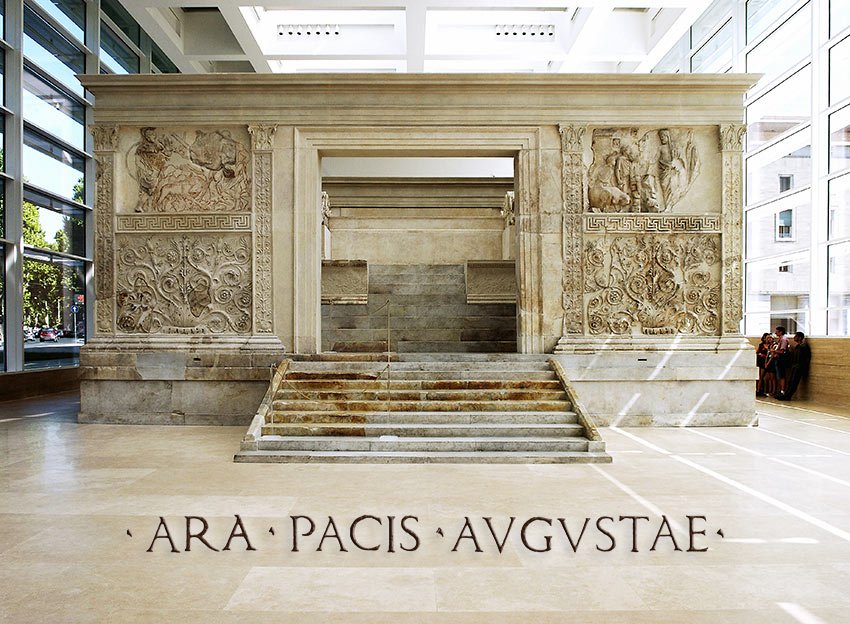Catalogue en ligne des céramiques coptes - Base Clémence Neyret
La base Neyret présente un catalogue en ligne des céramiques coptes du musée du Louvre dont la plus grande partie est issue des fouilles archéologiques du XIXe siècle et du début du XX siècle. Sont proposées en complément de cette base, des approches historiques et thématiques.


























